Historic England acquires 8,000-strong collection of early landscape photographs
Janette Rosing's collection of 19th- and early-20th-century photographs is ‘of national significance’ says Historic England.
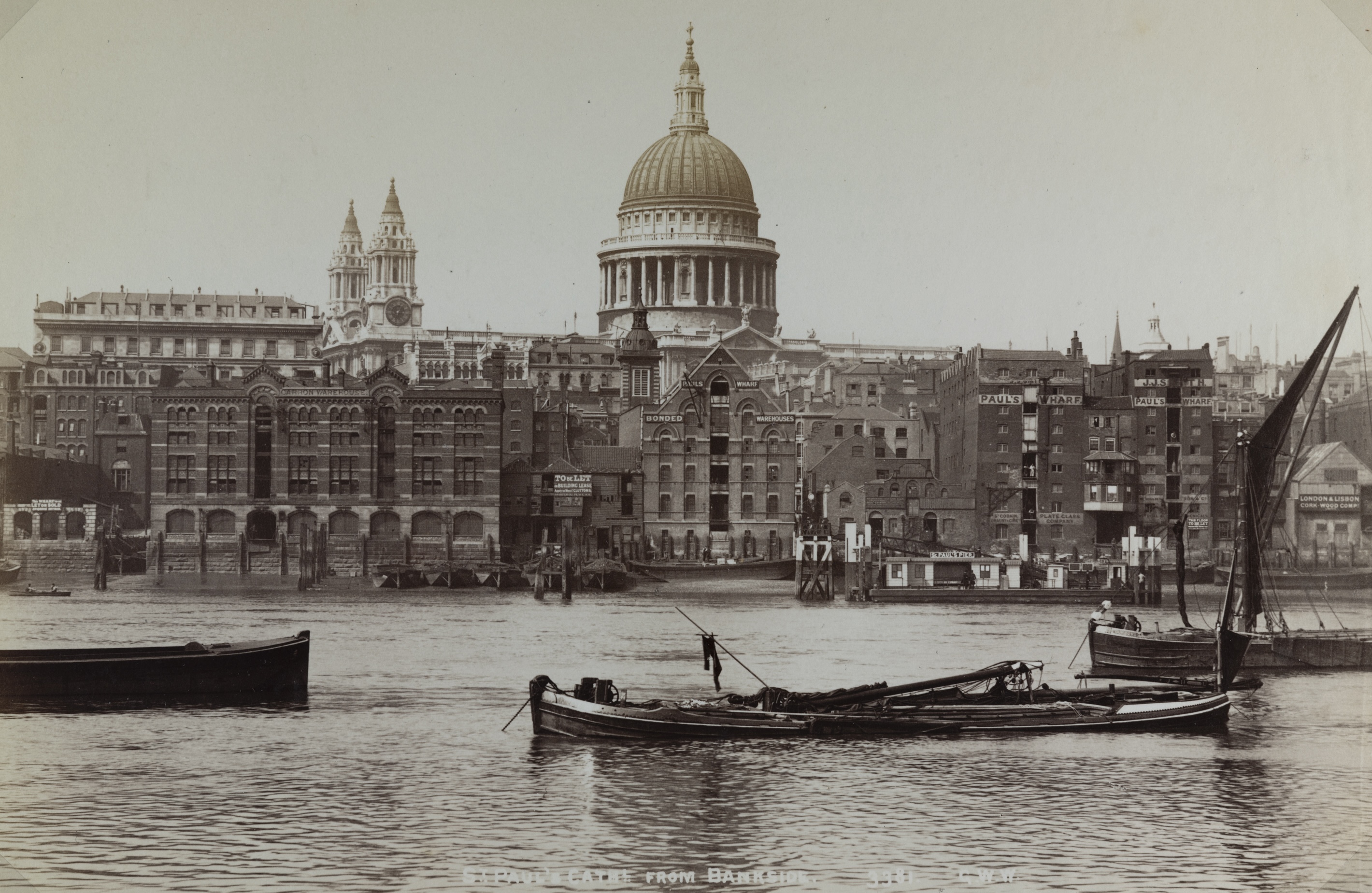

More than 8,000 black-and-white images, amounting to a collection of some of the finest early English landscape photography that is ‘of national significance’, has been acquired by Historic England (HE) for posterity.
Revered photographic consultant Janette Rosing (1942–2021) spent her life building the collection of 19th- and early-20th-century photographs, a passion that started when she stumbled upon a picture of Hartland Quay, Devon, before it was ravaged by a storm. Acquired as part of the Government’s Acceptance in Lieu scheme, the photographs have undergone a conservation assessment and there are hopes that, with a bit of fundraising, HE will be able to catalogue and digitise the entire collection.
‘From maritime scenes by James Mudd to detailed architectural studies by Linnaeus Tripe, each photograph in this exceptional collection offers a glimpse into the past, showcasing Janette Rosing’s expert eye for quality,’ comments Ian Savage, HE’s collections manager. ‘Rosing’s collection will continue to connect us with our history and inspire future generations to appreciate England’s rich cultural legacy.’
HE’s Early Photographic Print Collection, of which these new images are now a part, comprises more than 22,000 items and is available to search online; the entire archive of photographs, drawings, plans, documents and publications from the 1850s to the present day numbers some 14 million items.
Scroll on for some of our favourites and visit the HE website to see more.
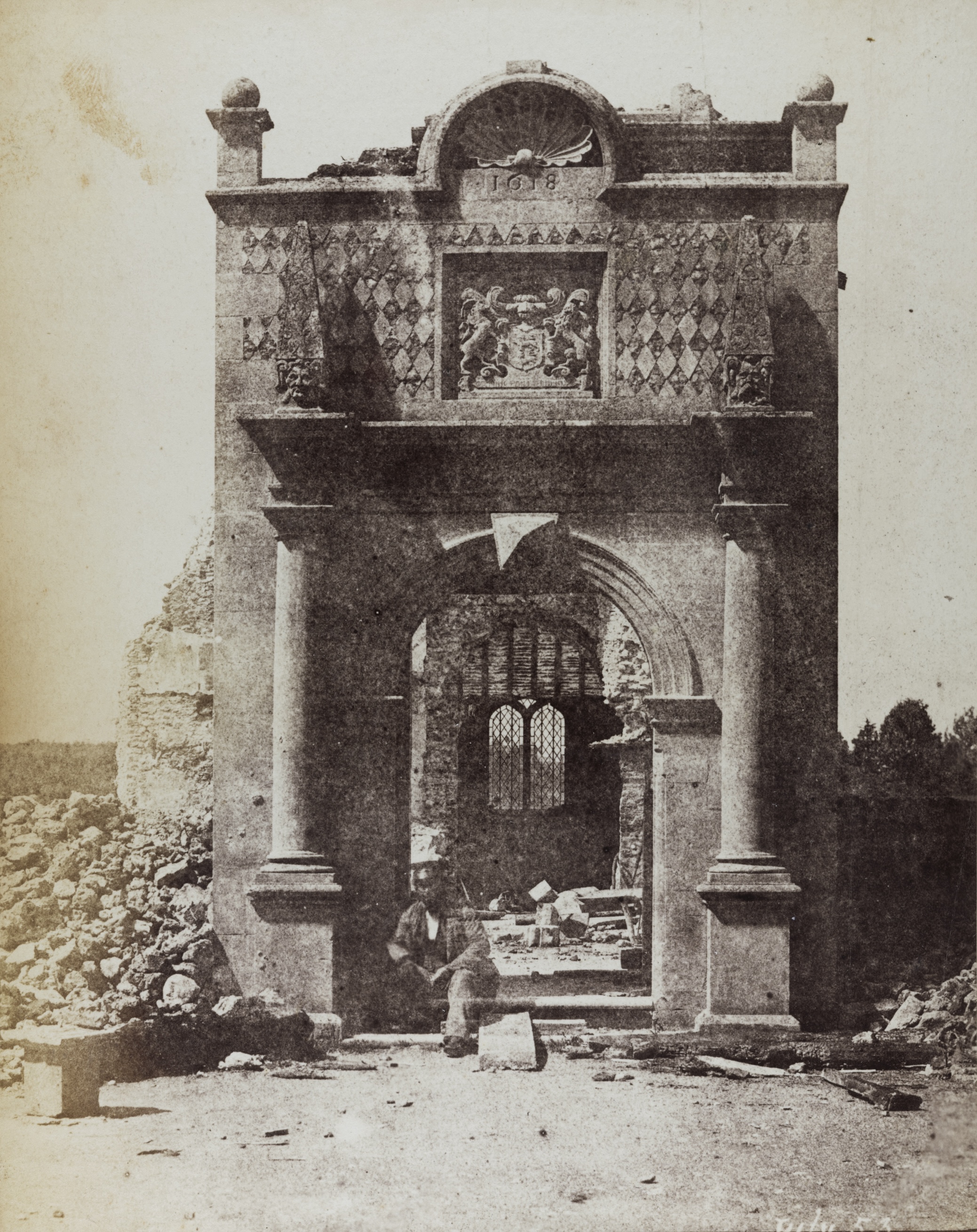
Samuel Smith sitting on the porch steps at the ruined Hunstanton Hall, Norfolk, shortly after it was largely destroyed by fire, by Samuel Smith
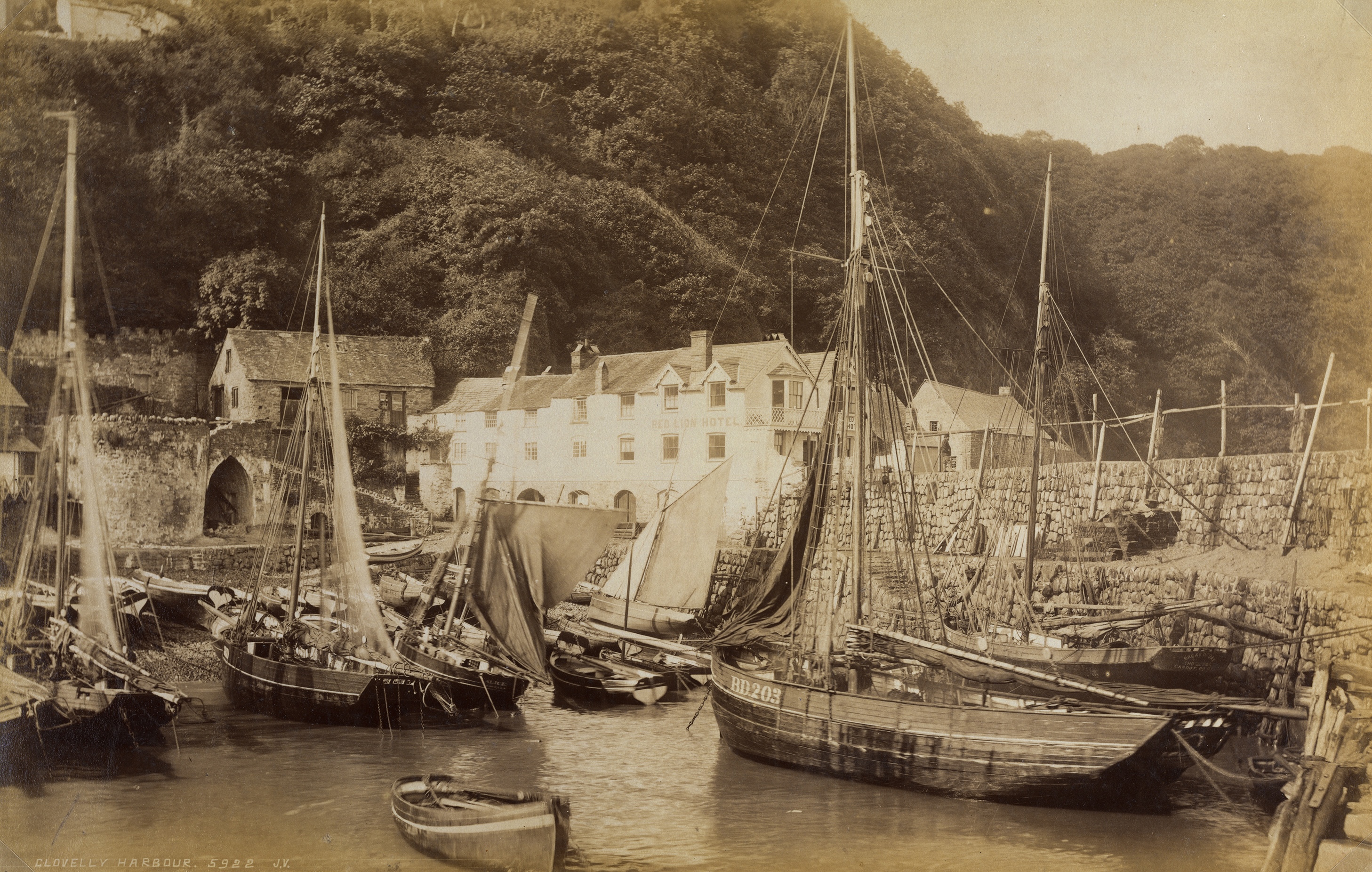
Fishing boats and the Red Lion Hotel in Clovelly, Cornwall, by James Valentine
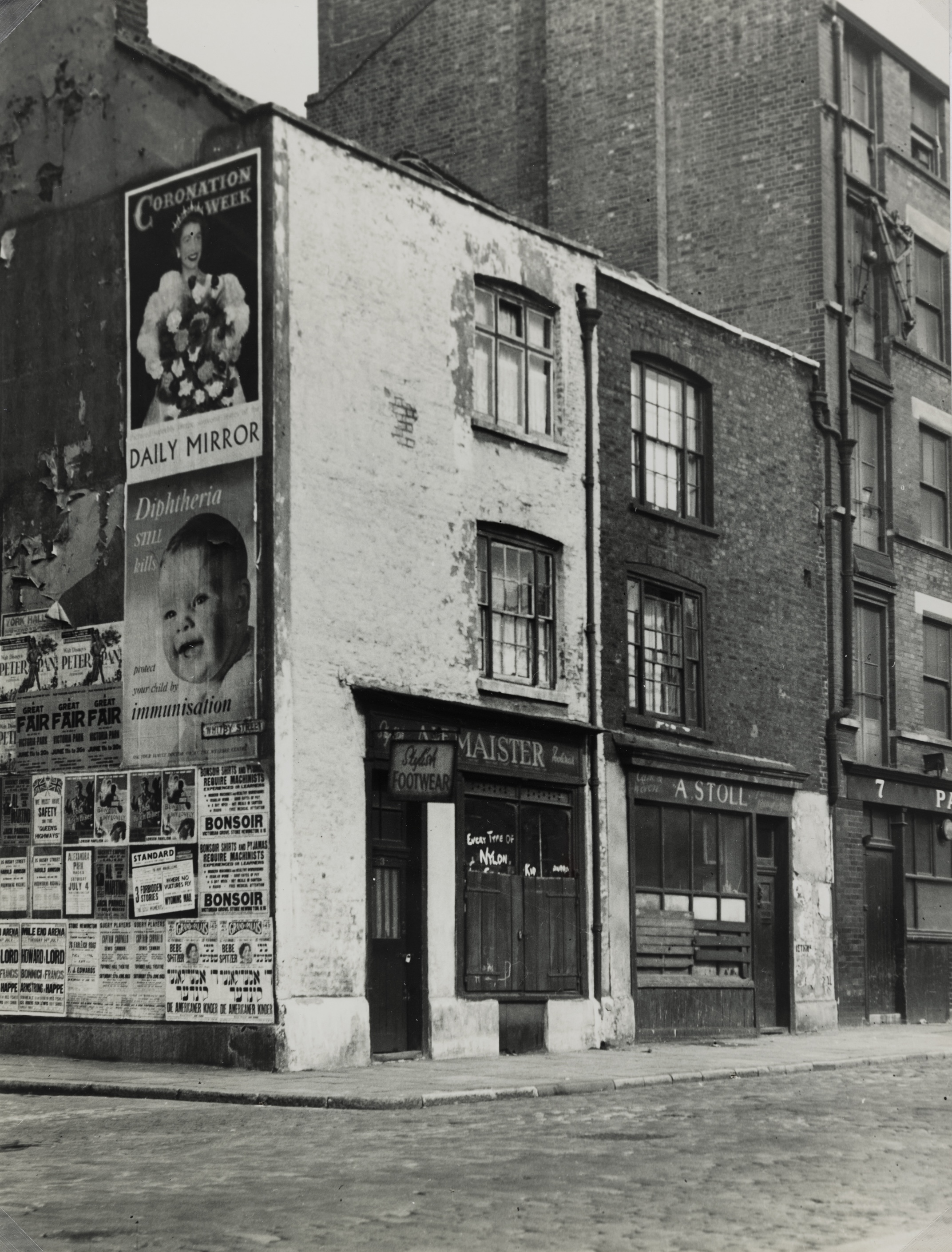
Former weavers’ tenement houses at 3-5, Club Row in London's Bethnal Green, by Whiffen
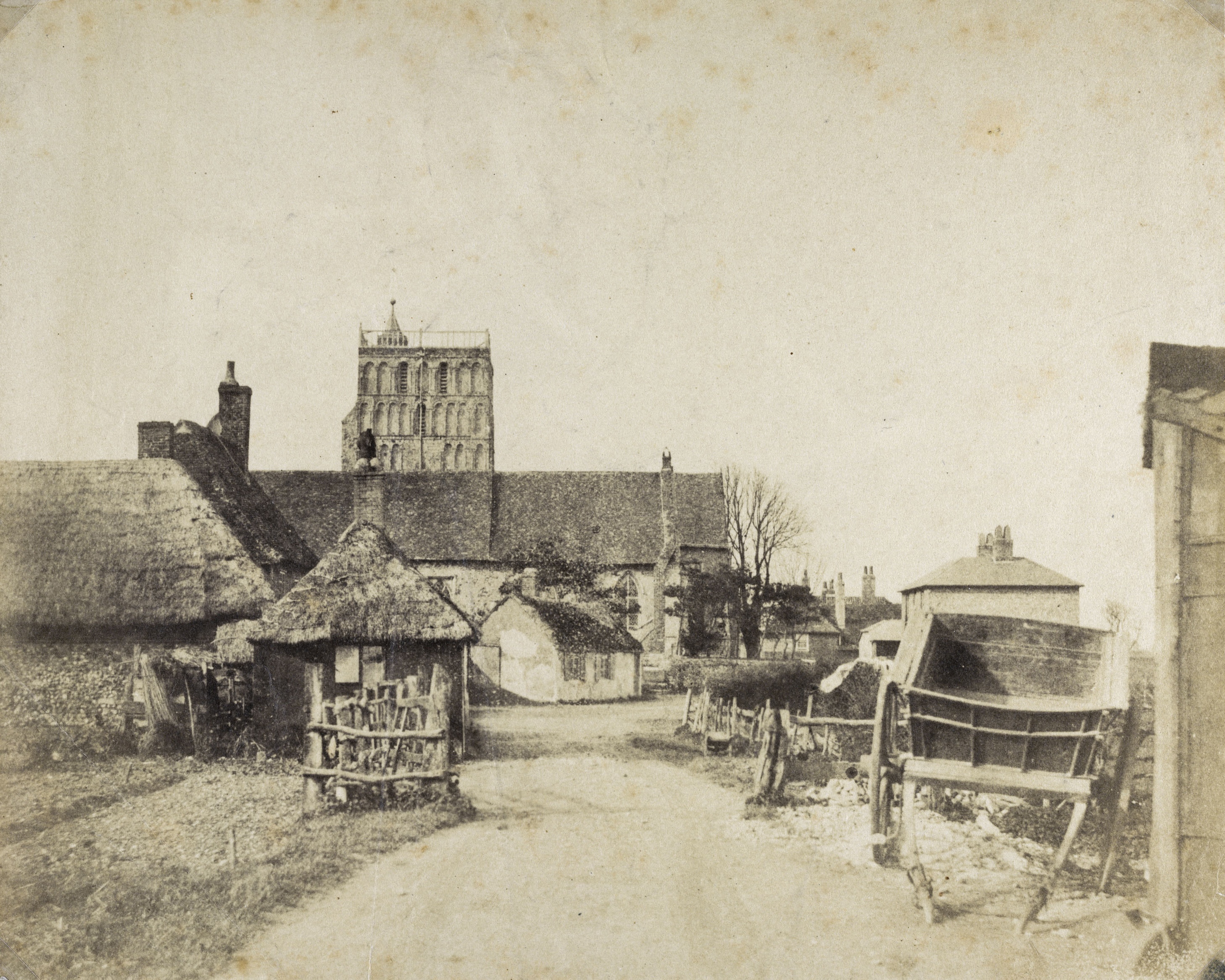
St Clement’s Church in Sandwich, Kent, seen from the south, by W G Campbell
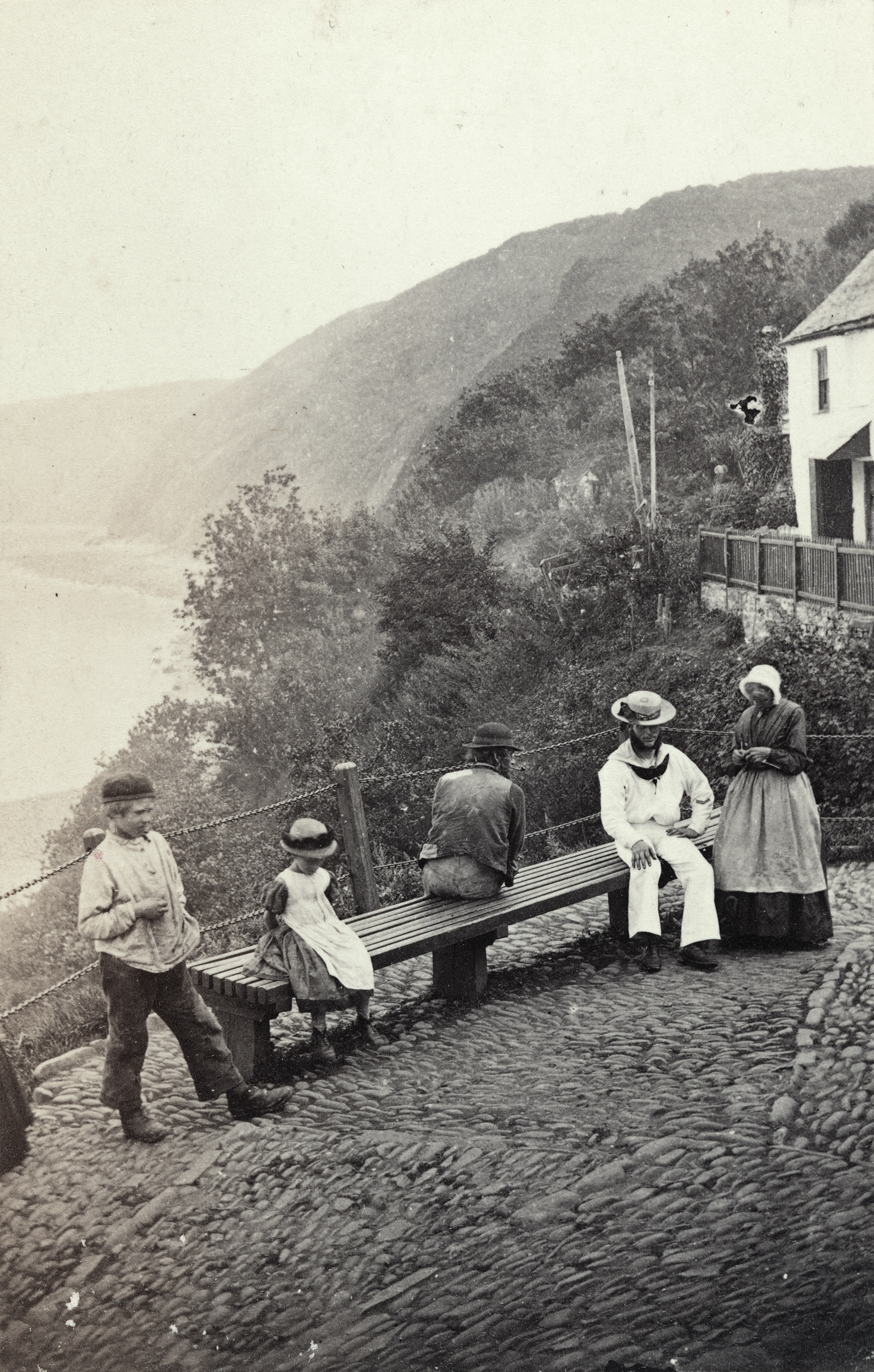
People gathered at the Lookout in Clovelly, Devon, by an unknown photographer
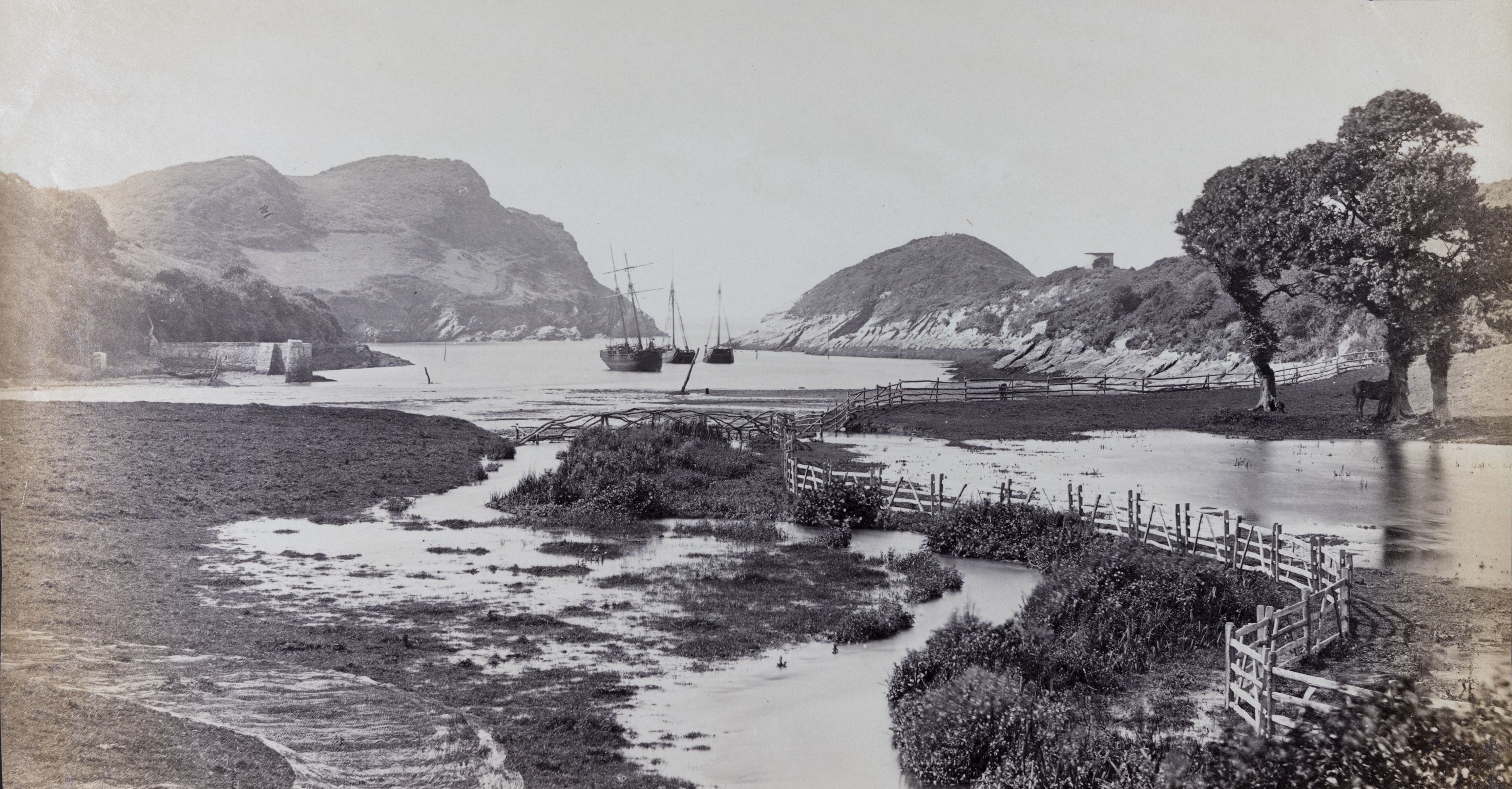
Looking down Watermouth Bay, Devon towards the sea, by an Unknown photographer
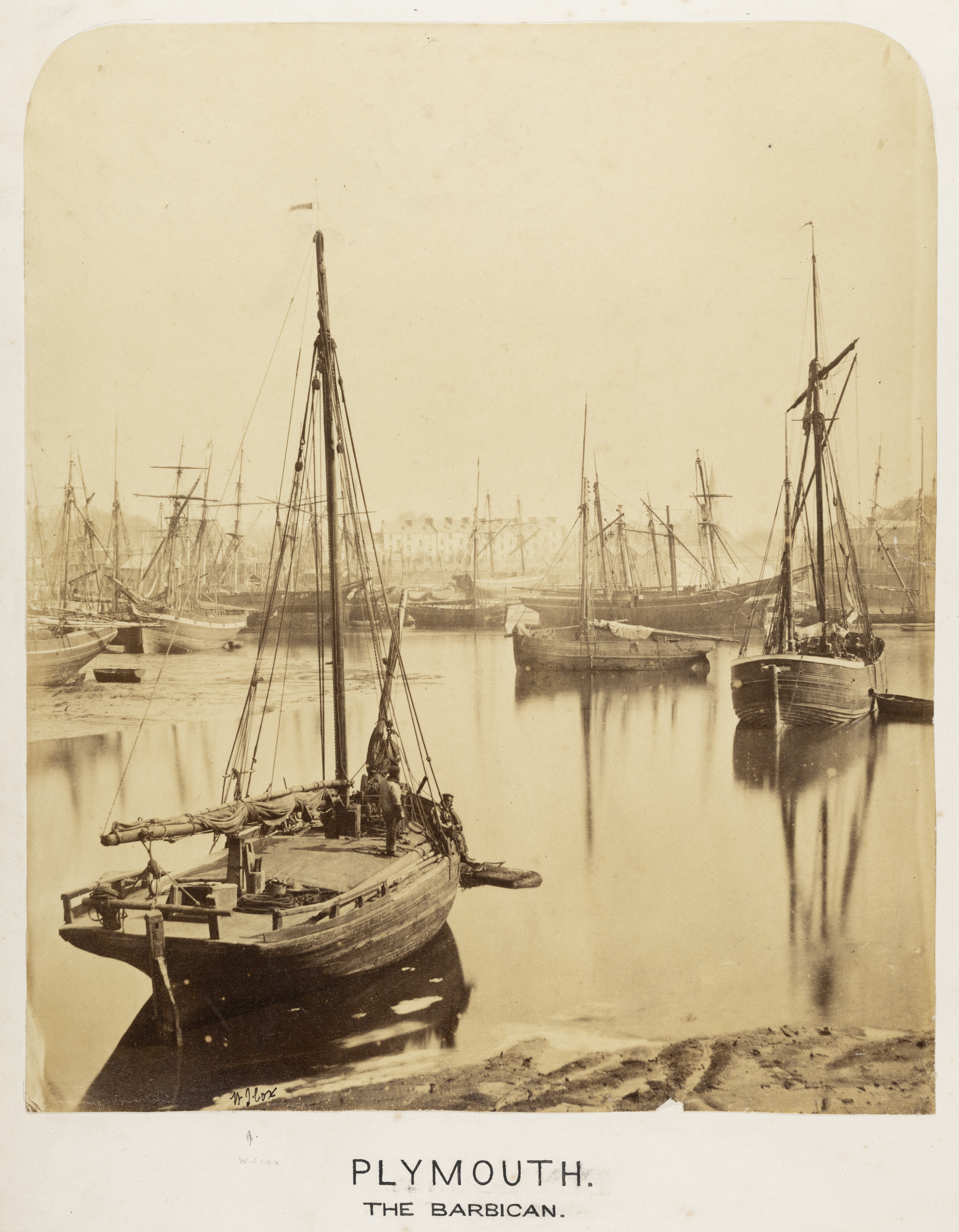
Fishing boats in the harbour at Plymouth — with the Barbican in the background Plymouth, Devon, by W. J. Cox
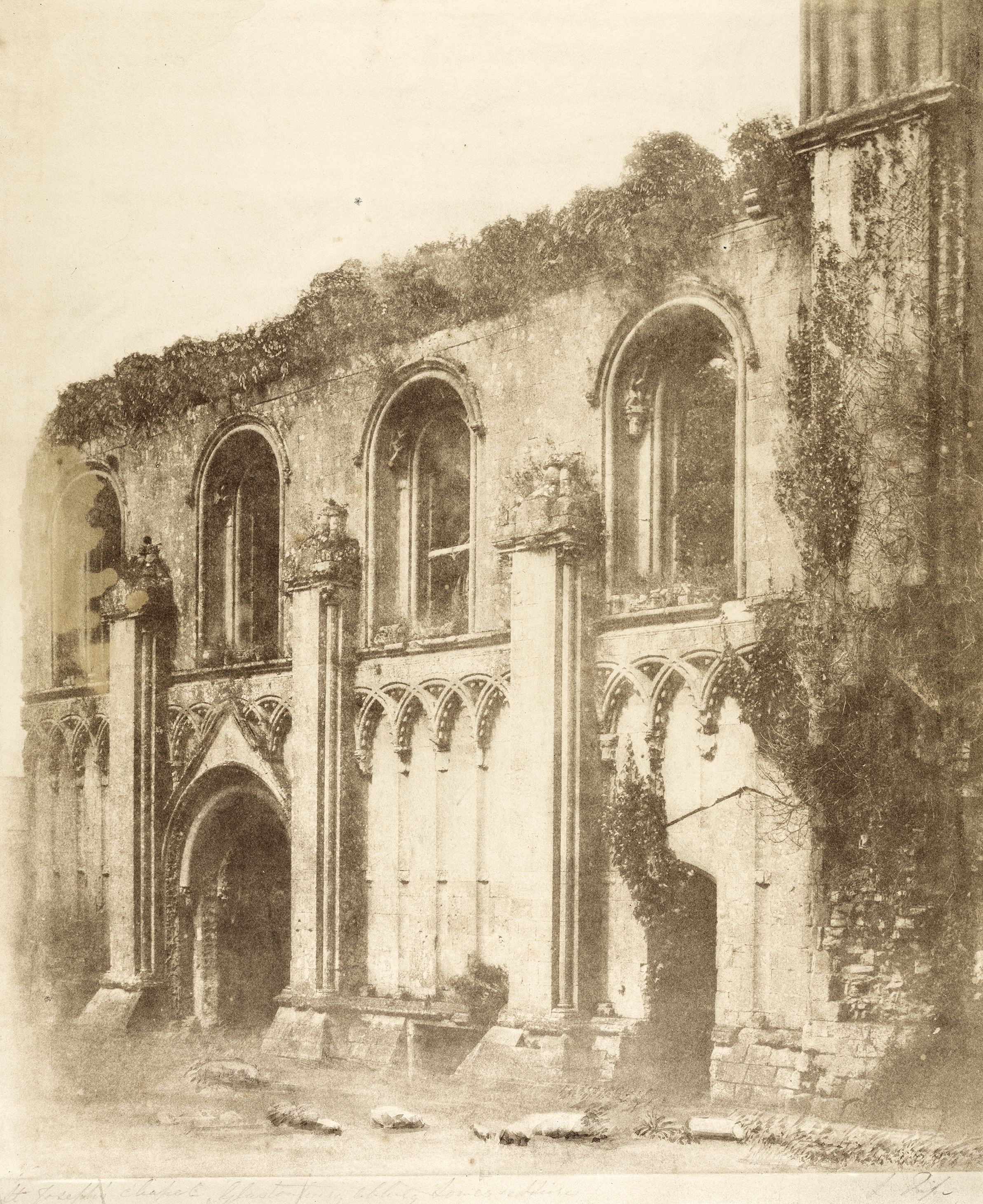
The ruins of St Joseph’s Chapel at Glastonbury Abbey in Somerset, by Linnaeus Tripe

Looking along the River Tees towards the ruins of Barnard Castle in Durham, by James Mudd
Sign up for the Country Life Newsletter
Exquisite houses, the beauty of Nature, and how to get the most from your life, straight to your inbox.
Annunciata grew up in the wilds of Lancashire and now lives in Hampshire with a husband, two daughters and an awful pug called Parsley. She’s been floating round the Country Life office for more than a decade, her work winning the Property Magazine of the Year Award in 2022 (Property Press Awards). Before that, she had a two-year stint writing ‘all kinds of fiction’ for The Sunday Times Travel Magazine, worked in internal comms for Country Life’s publisher (which has had many names in recent years but was then called IPC Media), and spent another year researching for a historical biographer, whose then primary focus was Graham Greene and John Henry Newman and whose filing system was a collection of wardrobes and chests of drawers filled with torn scraps of paper. During this time, she regularly gave tours of 17th-century Milton Manor, Oxfordshire, which may or may not have been designed by Inigo Jones, and co-founded a literary, art and music festival, at which Johnny Flynn headlined. When not writing and editing for Country Life, Annunciata is also a director of TIN MAN ART, a contemporary art gallery founded in 2021 by her husband, James Elwes.
-
 'This wild stretch of Chilean wasteland gives you what other National Parks cannot — a confounding sense of loneliness': One writer's odyssey to the end of the world
'This wild stretch of Chilean wasteland gives you what other National Parks cannot — a confounding sense of loneliness': One writer's odyssey to the end of the worldWhere else on Earth can you find more than 752,000 acres of splendid isolation? Words and pictures by Luke Abrahams.
By Luke Abrahams Published
-
 The man who trekked Bhutan, Mongolia, Japan, Tasmania and New Zealand to bring the world's greatest magnolias back to Kent : 'A whirlwind of charm and energy... and a prince among plantsmen'
The man who trekked Bhutan, Mongolia, Japan, Tasmania and New Zealand to bring the world's greatest magnolias back to Kent : 'A whirlwind of charm and energy... and a prince among plantsmen'Magnolias don't get any more magnificent than the examples in the garden at White House Farm in Kent, home of Maurice Foster. Many of them were collected as seed in the wild — and they are only one aspect of his enthralling garden.
By Charles Quest-Ritson Published
-
 The brilliant Bugattis: Sculpture, silverware, furniture and the fastest cars in the world
The brilliant Bugattis: Sculpture, silverware, furniture and the fastest cars in the worldA new exhibition at this year's Treasure House Fair will shine a light on the many talents of the Bugatti dynasty.
By James Fisher Published
-
 Big, bright and bold: Colourful luggage to inspire your next spring getaway
Big, bright and bold: Colourful luggage to inspire your next spring getawayIf RIMOWA's new 'Holiday' campaign is anything to go by, then conservative-coloured luggage is out and eye-catching is in.
By Rosie Paterson Published
-
 Jumping hours, guichets and visual theatre: The biggest trend from Watches and Wonders explained
Jumping hours, guichets and visual theatre: The biggest trend from Watches and Wonders explainedMiniature window displays replaced traditional watch hands at this year's Watches and Wonders fair.
By Chris Hall Published
-
 On His Majesty's Not-So Secret Service: Aston Martin receives Royal Warrant from The King
On His Majesty's Not-So Secret Service: Aston Martin receives Royal Warrant from The KingOn His Majesty's not particularly secret service.
By James Fisher Published
-
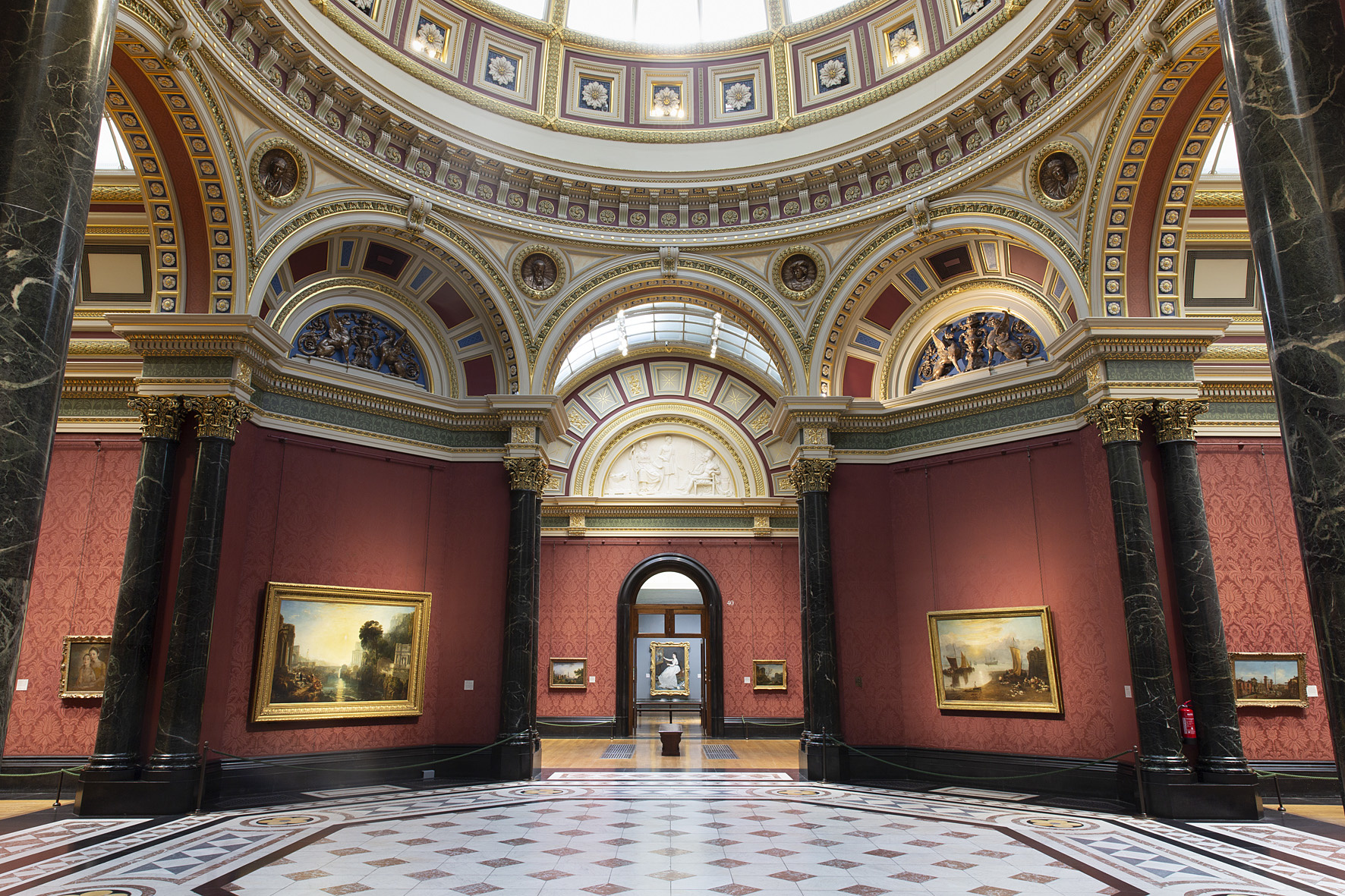 Terrifying or tremendous? Spend a night at the National Gallery beneath some of the world’s most famous artworks
Terrifying or tremendous? Spend a night at the National Gallery beneath some of the world’s most famous artworksBacchus, his girlfriend Ariadne, Fighting Temeraire and a few sunflowers seek roommate for one night only. No smokers or pets. Rent free.
By Rosie Paterson Published
-
 Defender OCTA: Land Rover's classic car, reimagined. And then reimagined again, with 626BHP
Defender OCTA: Land Rover's classic car, reimagined. And then reimagined again, with 626BHPWhy did Land Rover stick a 4.4 litre twin-turbo V8 in a Defender? Because why not.
By Charlie Thomas Published
-
 Five takeaways from Watches and Wonders Geneva 2025
Five takeaways from Watches and Wonders Geneva 2025Country Life’s Luxury Editor, and our eyes and ears on the Geneva ground, reports back from the watch industry’s biggest event of the year.
By Hetty Lintell Published
-
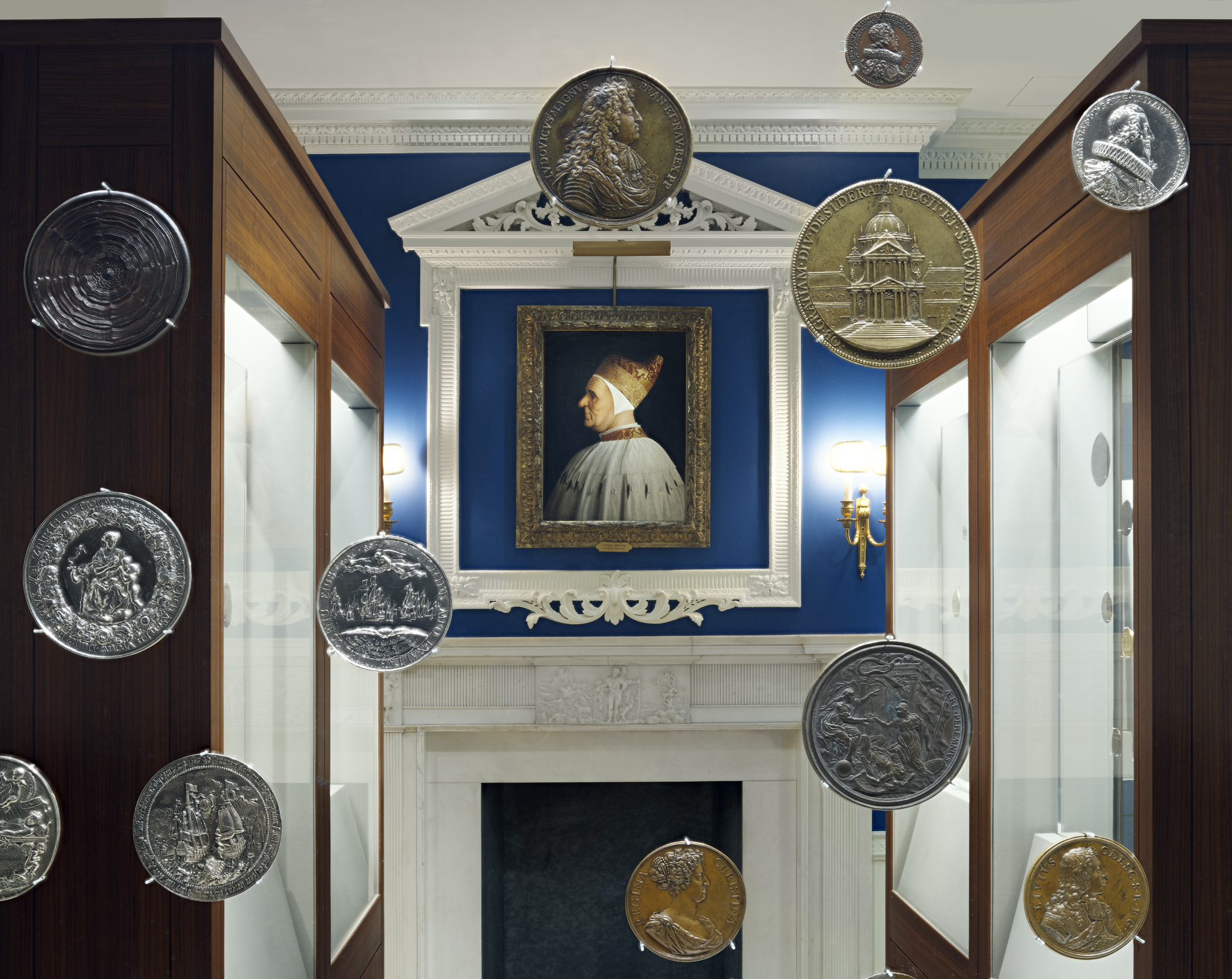 ‘To grasp the momentousness of the reopening, one must understand the place The Frick holds in the hearts of New Yorkers’: Inside the splendour of Fifth Avenue’s beloved gallery
‘To grasp the momentousness of the reopening, one must understand the place The Frick holds in the hearts of New Yorkers’: Inside the splendour of Fifth Avenue’s beloved galleryThe beloved NYC art museum’s ‘renovation and enhancement project’ manages to both assure and astonish.
By Owen Holmes Published